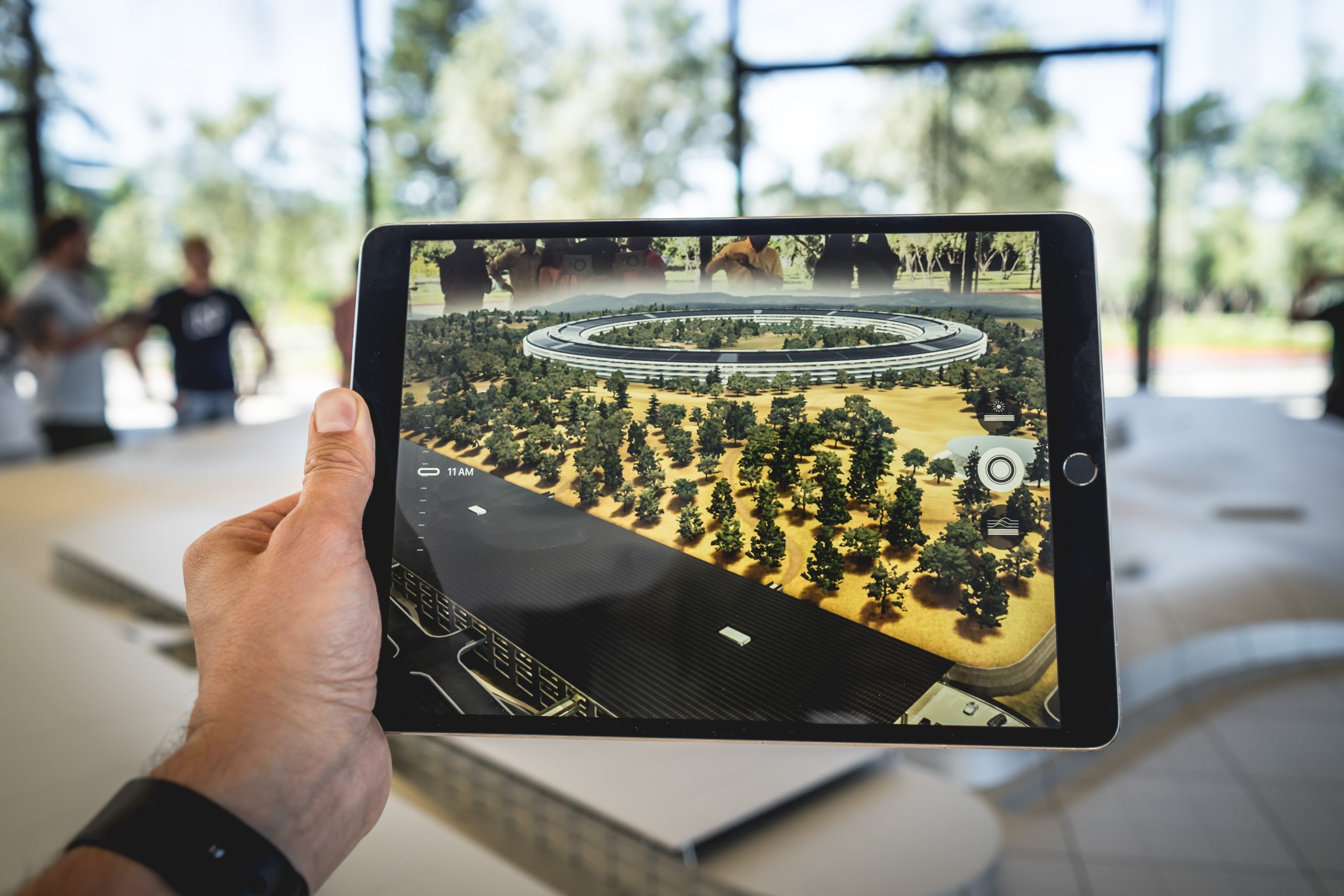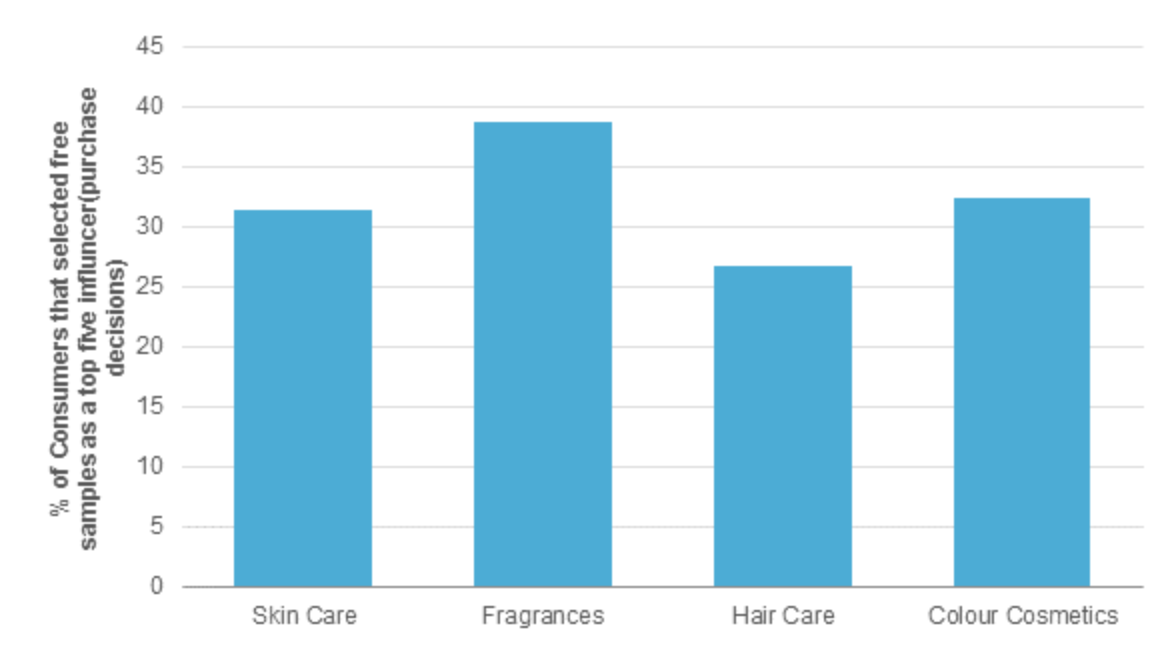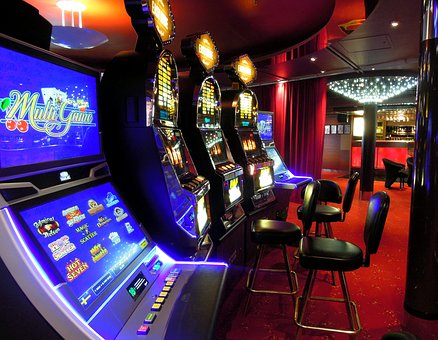Abstract
Innovations in technology are rapidly changing the face of the beauty industry. One such technology is Augmented Reality (AR) in the realm of beauty sampling. By harnessing AR technology in the beauty sector, we can minimize the cost and waste associated with physical samples and increase on-demand experimentation for a more environmentally sustainable future of product acquisition.
Introduction
Every morning when you wake up, you fall into habits that prepare you for the day. For many, this process includes a beauty routine featuring key cosmetic brands.. For some users, regularly trying new products and trends is a fun and exciting way to switch up their look and reflect their creative style. These are the first product adopters of the beauty industry. For others, makeup is a means to enhance their natural appearance and correct perceived imperfections. These users are the brand loyalists who determine cult favorites in the beauty circle by consistent reviewing and purchasing those products.
For all beauty users, product sampling is essential to acquisition. Just like fashion sense and food taste, a makeup regimen is a personal and highly interactive part of a user’s everyday life. In the same way you would not buy a bulk supply of cereal without ensuring you like the taste, it is not likely that you would purchase a pricey lipstick before verifying the shade compliments your features. Hyperconscious of this need for product contact, beauty brands have fully integrated cosmetic sampling into their marketing strategies. Unfortunately, current inefficiencies in sample distribution and packaging not only slow down the process of customer acquisition, but also create product waste that threatens our environment. Augmented Reality (AR) has recently gained attention for replacing traditionally physical activities with enhanced virtual solutions; what could it do for the cosmetics industry? Product sampling can advance to exciting new levels by utilizing the remote power of AR to deliver personalized and sustainable solutions.
From Sachets to Deluxe Minis, Just Leave Me Alone!
Product samples can make the difference between an intrigued consumer and a trend-jumping early adopter. According to Euromonitor International’s Annual Survey on Personal Appearances, free samples are the fourth most impactful driver for full size product purchase behind past personal experience, recommendations from friends and family, and price. [1]. Figure 1 further illustrates this point by showing how impactful free samples are not just in the makeup industry, but across other beauty realms, too.
Figure 1: Samples Are A Top Purchase Influencer Across Cosmetic Products [1]
In-store product testing at department store beauty counters, as well as cosmetics stores like Sephora and Ulta, attempt to capitalize on this knowledge by staffing their stores with trained professionals tasked with teaching customers techniques for using different products. The issue with this approach today? With the advent of influencer marketing and YouTube tutorials, consumers now more than ever shop with working industry knowledge about the types of products they are interested in trying. Customers prefer to independently test products at home without the pressures that come with a sales representative nearby [2]. From this desire for self testing emerged a completely new market of deluxe sample subscription boxes. While this market has become a $1.2 billion industry [3], this approach to sampling fails with respect to a major concern of customers: cost. The costs associated with monthly beauty box subscriptions may be too hard to sustain for both the brand and the consumer. In an article by Vogue Business, Arcade Beauty estimated that it costs between $25,000 and $100,000 to create a sample box from scratch, and customer prices for subscriptions range from $10 to $40 a month [3]. This becomes increasingly unappealing when physical sample shipments may not be able to keep up with the increased desire for on demand trials. When supply of preferred items are limited, it becomes harder to justify expensive product boxes with little to no personalization. Thus, the acquisition funnel is slowed down.
The Growing Beauty Wasteland
Regardless of how samples are acquired, the physical product packaging places a heavy burden on the environment. The global cosmetics industry produces over 120 billion units of plastic every year that makes up a third of the global landfill space [4]. With physical product testing comes extra costs and waste from single use applicators, removers, and product sachets [5]. These items are popularly made using high-density polyethylene, a non-biodegradable but inexpensive and durable form of plastic. While these products were created for sanitary purposes, the increased creation of sample and product packaging from plastics can significantly impact our environment and detract from global efforts to minimize waste and ocean pollution [6]. Unlike the programs set in place to recycle plastic bottles and containers, there is no protocol for the proper disposal of such beauty samples and, as a result, they tend to be dumped improperly at home and in-store. Plastic sachets are increasingly becoming common street litter[7]. Sustainable sample packaging is a major issue for the cosmetics industry, and it must be addressed quickly in order to save our environment.
A Digital Solution? Enter Augmented Reality
How can the beauty industry continue to satisfy its consumers with product trials while still protecting the environment and minimizing waste? Augmented reality may be the unlikely hero answering the beauty industry’s call for sustainable samples, but what is it anyway? AR is “a real-time direct or indirect view of a physical real world environment that has been enhanced or augmented by adding virtual computer generated information to it [8].” The first AR system was developed in 1968 by Ivan Sutherland and used an optical see-through display mounted on the head [9]. AR’s goal is to help users in their daily lives by adding digital technology into a user’s real life view through means such as live video streaming and special standing devices [8]. AR functions by overlaying a virtual image over a live video, creating a real-time interaction, and registering and aligning the images in 3D [8]. Figure 2 breaks down the process of how digital images come to exist in this altered point of view. 
Figure 2: Process of Augmented Reality https://learning.oreilly.com/library/view/augmented-reality/9781597497336/xhtml/CHP002.html
Applying this technology’s operation to lipstick trials, a consumer deciding on a shade can select a desired hue within a mobile app and begin a live feed of their face with the phone’s camera. The AR technology will identify the consumer’s lips as the marker and render a digital overlay of the lipstick color onto their skin. ModiFace, an augmented reality company recently acquired by L’Oreal, takes this technology a step further by utilizing 3D facial micro-feature tracking to trace the consumer’s facial movements and expressions by analyzing, “68 non-identifying parameters including lip and eye edges, iris size and location, head pose, as well as skin features including spots, texture, and wrinkles” [11]. This technology is the key to sustainable sampling as mobile AR provides consumers with highly accurate virtual product samples, eliminating the wasteful process of packaging and distribution entirely.
Beauty Tech Emergence: Now More Than Ever
The use of beauty AR is well underway as it aims to connect brands with their target consumers through dynamic methods. ModiFace has teamed up with multiple reputable beauty companies to use their custom AR technology globally. Their innovations include fixed AR Mirrors integrated with virtual makeup try-on at stores such as Sephora, Web E-commerce AR integrations with NYX Professional Makeup for remote try-on, and even a mobile app with Garnier that allows virtual hair color trials on the go [11]. The demand for this technology has significantly increased with the development of COVID-19 and the worldwide shut down of many physical stores. Beauty has been among the hardest hit consumer good categories during the crisis, but thanks to digital solutions such as AR, the industry may be one of the first to bounce back [12]. With social distancing standards in place, online shopping is the safest and best way to shop. Beauty AR can be utilized by companies to drive conversions of product sales while consumers shelter in place [13]. The industry was ahead of the game before the virus restrictions came to be. Perfect Corp reported “the addition of virtual try-on technology generated 2.5 times higher e-commerce conversions for brands [13].” The surge in AR use will likely not end after COVID-19 winds down. New standards for health and safety will force the beauty industry to evaluate in-store sampling practices and sanitation. AR solutions such as Sephora’s fixed mirrors could become the widespread norm instead of “Tester” bottles and applicators to reduce waste and prevent the continuous product change of hands that occurs at brick and mortar stores. The future of AR technology is promising as virtual experiences rapidly become the norm of society today.
Industry Disruptor: Virtual Cosmetic Try Ons
Imagine you are looking to bleach your hair blonde for the first time. You are unsure if the color will look good on you, but you are probably not willing to test a product’s efficacy on a few strands of your natural hair either. Now picture, instead, opening your phone to a beauty app that, with a couple clicks, could virtually change the color of your hair to the exact color product you intend to buy. AR allows all consumers to personalize their experience and find what they need from beauty brands. Early adopters can create virtual renderings of cosmetics to experiment with new products and visualize their potential purchases on demand. Brand loyalists can take advantage of the skin analysis features of AR to track their skin’s health over time and decide if their products will remain in their long-term regimen. Because AR is virtual and instantaneous, the results would be quick and remote with zero waste in the process [5]. This process allows the industry to reduce the long-term costs and environmental waste associated with sample packaging, while maintaining the health and sanitation standards our world’s crisis demands today. Augmented Reality is the next best technology to innovate the world of beauty sampling. Regardless of what is happening in the world, everyone’s product trial needs can be satisfied virtually and sustainably for quick and efficient product acquisition.
References
[1] “Personal Appearances: Global Consumer Survey Results on Apparel, Beauty and Grooming,” Euromonitor. [Online]. Available: https://www.euromonitor.com/personal-appearances-global-consumer-survey-results-on-apparel-beauty-and-grooming/report. [Accessed: 04-Feb-2020].
[2] “Makeup Sample Subscription Programs vs Sales,” The NPD Group. [Online]. Available: https://www.npd.com/wps/portal/npd/us/news/press-releases/sample-subscriptions-significantly-influence-makeup-purchases-reports-npd/. [Accessed: 05-Feb-2020].
[3] J. Schiffer, “Seizing the $1.2 billion beauty sample opportunity,” Vogue Business, 18-Jul-2019. [Online]. Available: https://www.voguebusiness.com/beauty/beauty-sampling-business-customer-loyalty-smashbox-drunk-elephant. [Accessed: 05-Feb-2020].
[4] B. March, “Beauty and the environment: Eco-friendly choices made easier,” Harper’s BAZAAR, 20-Jun-2019. [Online]. Available: https://www.harpersbazaar.com/uk/beauty/a19848167/beauty-environmental-impact-sustainability/. [Accessed: 28-Apr-2020].
[5] A. d. F. Soares Borges and C. H. Morimoto, “A Virtual Makeup Augmented Reality System,” 2019 21st Symposium on Virtual and Augmented Reality (SVR), Rio de Janeiro, Brazil, 2019, pp. 34-42. doi: 10.1109/SVR.2019.00022 Available: http://ieeexplore.ieee.org.libproxy2.usc.edu/stamp/stamp.jsp?tp=&arnumber=8920909&isnumber=8920833
[6] A. Westervelt, “It’s Time We Hold the Beauty Industry Accountable for Its Plastics Problem,” Teen Vogue, 25-Dec-2018. [Online]. Available: https://www.teenvogue.com/story/the-beauty-industry-has-a-plastics-problem. [Accessed: 05-Feb-2020].
[7] D. Posadas, “Sachets help low-income communities but are a waste nightmare,” The Guardian, 22-May-2014. [Online]. Available: https://www.theguardian.com/sustainable-business/sachet-packaging-low-income-communities-waste-nightmare. [Accessed: 28-Apr-2020].
[8] J. Carmigniani et al, “Augmented reality technologies, systems and applications,” Multimedia Tools Appl, vol. 51, (1), pp. 341-377, 2011. Available: http://libproxy.usc.edu/login?url=https://search-proquest-com.libproxy2.usc.edu/docview/831660018?accountid=14749. DOI: http://dx.doi.org.libproxy2.usc.edu/10.1007/s11042-010-0660-6.
[9] Arth, Clemens. “The History of Mobile Augmented Reality Developments in Mobile AR over the last almost 50 years.” (2015).
[10] R. Azuma, “Tracking requirements for augmented reality,” Communications of the ACM, vol. 36, no. 7, Jan. 1993.
[11] “ModiFace – Augmented Reality,” Modiface Inc., 23-Mar-2018. [Online]. Available: http://www.modiface.com/. [Accessed: 05-Feb-2020].
[12] K. Culliney, “Digital diligence: Beauty braced to bounce back from COVID-19, says expert,” cosmeticsdesign, 23-Apr-2020. [Online]. Available: https://www.cosmeticsdesign-europe.com/Article/2020/04/23/Beauty-brands-will-bounce-back-fast-from-coronavirus-crisis-says-Accenture. [Accessed: 28-Apr-2020].
[13] “COVID-19 accelerates beauty’s demand for AI and AR technology,” Glossy, 20-Mar-2020. [Online]. Available: https://www.glossy.co/beauty/covid-19-accelerates-beautys-demand-for-ai-and-ar-technology. [Accessed: 28-Apr-2020].
[14] C. Chick, “6 Augmented Reality Beauty Apps Making Cosmetics Shopping Way Easier,” Chip Chick, 26-Jun-2019. [Online]. Available: https://www.chipchick.com/2019/06/ctk-augmented-reality-beauty-apps.html. [Accessed: 21-Apr-2021].





